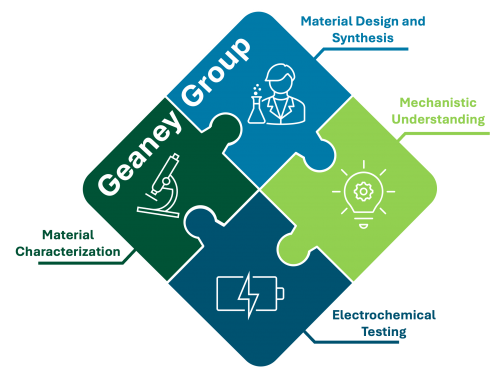
The overall approach of the Geaney group is to combine materials design and synthesis expertise with state of the art characterization and electrochemical testing, to generate mechanistic understanding of energy storage processes. The research is focussed on high capacity active materials, which often come with complicated capacity fade mechanisms. Investigating and mitigating these performance challenges is key to these materials being practical in future energy storage applications.
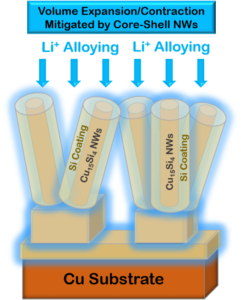
The SAND project funded by Science Foundation Ireland is investigating the use of inactive/active core/shell architectures for Li-ion batteries. The project is specifically addressing aspects of synthesis, focused on preparing tunable structures via wet chemical approaches. The anode materials are being investigated in Li-ion full-cell configurations, to identify anode/electrolyte/cathode combinations for optimal performance. The focus on full cell considerations is aimed at addressing shortcomings of existing literature in alloying mode anode performance.
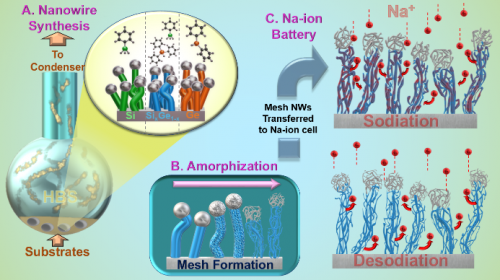
Sodium is roughly 1000x more common in the Earth’s crust than Li and as a result, it is highly attractive for large scale stationary storage. Despite its similarity to Li, many active materials that have been widely used for Li-ion batteries (e.g. graphite) do no perform well within Na-ion batteries. In the Geaney group we are investigating anode materials for Na-ion batteries. We are focused on a) the mechanism of Na alloying compared to Li alloying and b) the development of Earth abundant active materials.

Metal anode batteries are highly attractive for increasing energy density values beyond state of the art Li-ion. They have typically be plagued by dead metal and dendrite formation, which lead to rapid performance fade and serious safety concerns. In the Geaney group we are working with a range of hosted and modified anode architectures that allow uniform metal deposition over extended stripping/plating cycles. These offer potential for increasing the energy densities of future batteries.
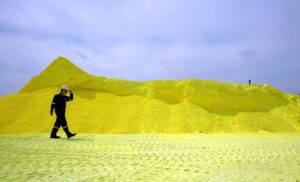
Sulphur is an interesting material for energy storage with applications as a cathode in a range of different battery systems (Li,Na,Al etc.). This chemistry is inherently more complex than standard intercalation based systems and requires complete mechanistic understanding, coupled with significant active material optimisation. In the Geaney group we are investigating Li and Al based sulphur based chemistries. The focus is on understanding capacity fade mechanisms and moving towards practical systems.
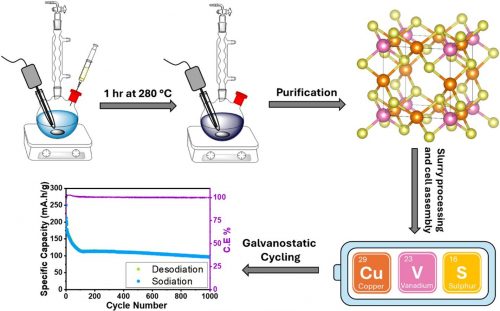
To move fully away from fossil fuels, economic and sustainable materials need to be produced for energy storage applications. In the Geaney group we are investigating at sustainable materials that use Earth abundant elements like Fe,Cu,O and S.
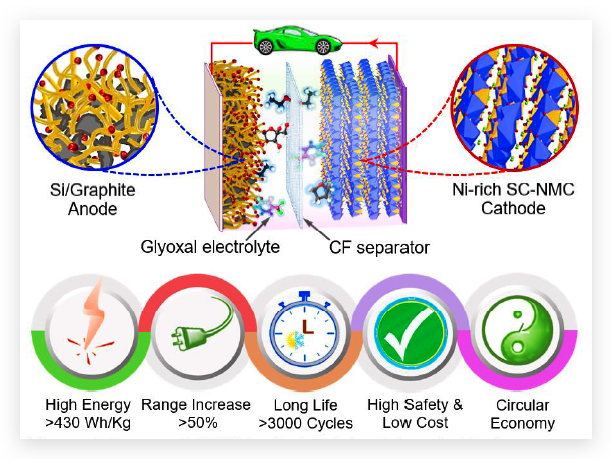
The University of Limerick is actively engaged in Horizon Europe projects and has coordinated 2 large projects to date. SiGNE is examining Si/Graphite composite anodes for next generation Li-ion batteries. UL are investigating upscaling of the anode material using wet chemical approaches, for testing at TRL 6 and validation for EV applications. The project is funded by Horizon Europe. Si-DRIVE project brought together 16 top EU partners to deliver higher energy density Li-ion batteries at TRL 5. The anodes were produced by UL in collaboration with Smit Thermal Solutions. The project combined the high capacity of Si based anodes with inherently safer ionic liquid based electrolytes and Co-free cathode materials. The project was funded by H2020.